1819-1891
Landscape of Nevers
Watercolor
Studio stamp
Located and dated August 29, 73 Nevers lower right
Slightly faded paper
Framed dimensions: 27.5 x 37.5 cm
On the back, label from the sale at the Galerie George Petit of the Zoubaloff collection on December 10, 1917
Drawings by Barye, Corot, Daumier, Delacroix, Harpignies, Jongkind, Eugène Lami, Monticelli, Rodin, Sisley, Ziem, important collection of bronzes by Barye, Maillol and Rodin from the collection of Mr. Z… and whose public auction will take place at Galerie Georges Petit 8, rue de Sèze, 8 on Monday, December 10 and Tuesday, December 11, 1917, at 2 a.m.
Jacques Zoubaloff was born on December 20, 1876 in Tiflis (Caucasus) in the Russian Empire. Born into an old Georgian bourgeois family that made its fortune in oil at the end of the 19th century, Jacques Zoubaloff arrived in France in 1907 and obtained French nationality by decree in 1923. A great lover of the art of Honoré Daumier and Théodore Géricault at the Louvre, as well as a collection of sculptures by Aristide Maillol at the Petit Palais in 1916. In 1927, Jacques Zoubaloff donated part of his collection of paintings and sculptures to French museums; the other part was sold at auction to support his own artistic practice as a music composer and amateur painter consisting mainly of still lifes and landscapes. During his lifetime, Zoubaloff made several more donations to Parisian museums, including donations to the Louvre, the Musée d'Orsay, and the Petit Palais in 1933. He died in Neuilly-sur-Seine on May 14, 1941. Jacques Zoubaloff collected paintings, watercolors, engravings, and sculptures by French artists of the 19th and 20th centuries. From 1912 onward, Jacques Zoubaloff contributed to the enrichment of French public collections by donating part of his art collection to several national museums, as well as to the Petit Palais and the Musée des Arts Décoratifs. He thus enabled the entry of around a hundred bronzes, plaster casts, watercolors, and drawings by Antoine-Louis Barye to the Louvre, which dedicated an entire room to the sculptor. Similarly, during the 1910s, he donated works


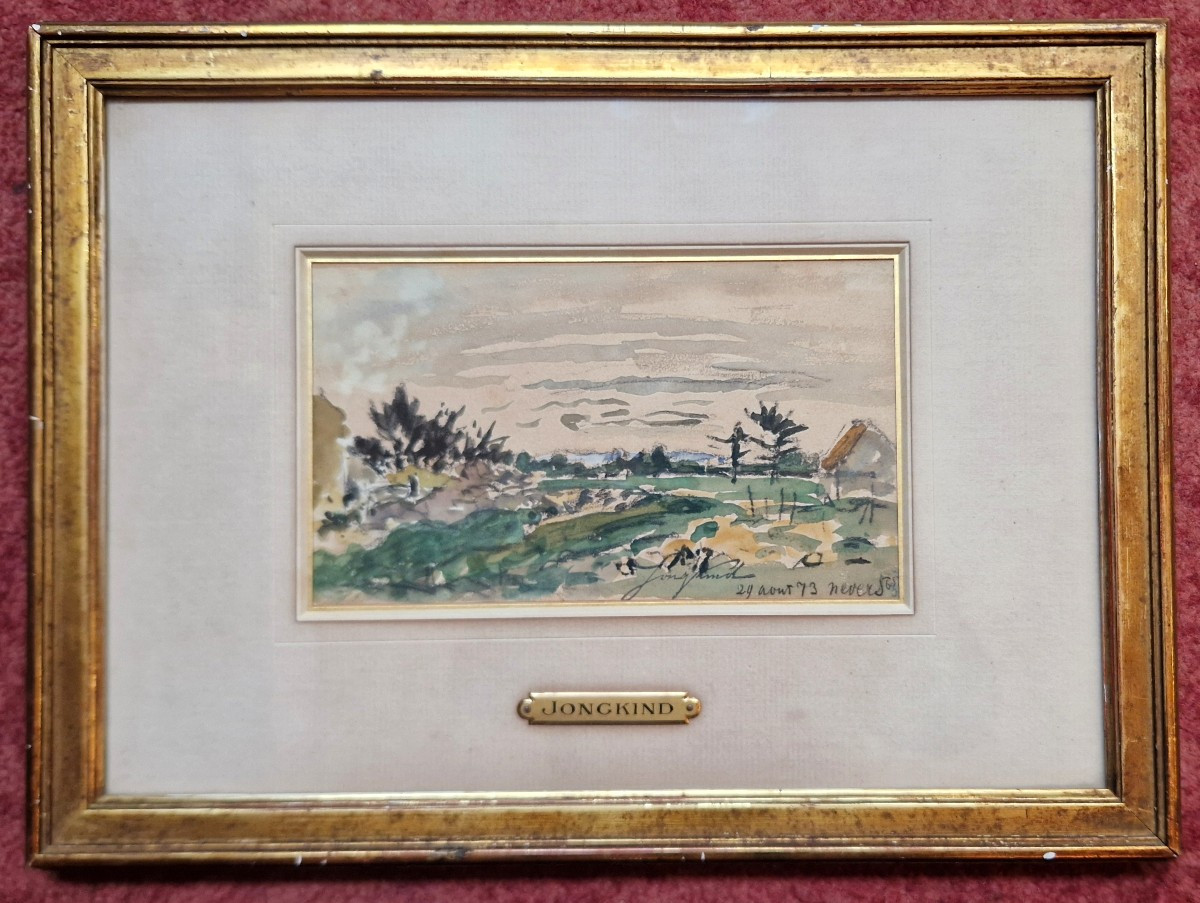














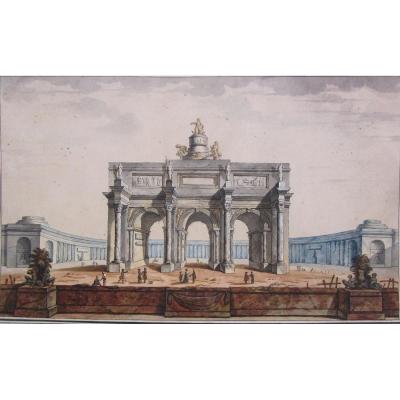

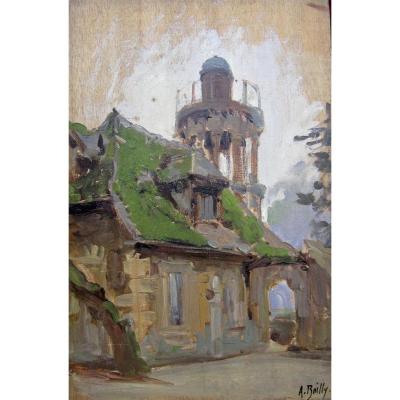









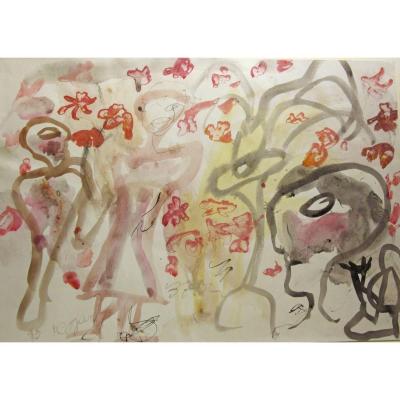
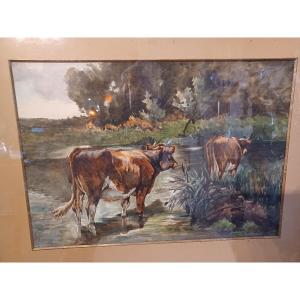

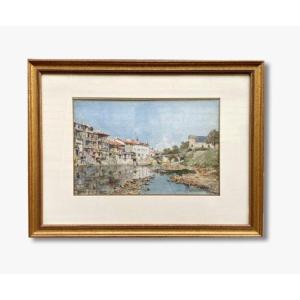




 Le Magazine de PROANTIC
Le Magazine de PROANTIC TRÉSORS Magazine
TRÉSORS Magazine Rivista Artiquariato
Rivista Artiquariato